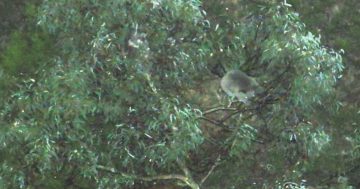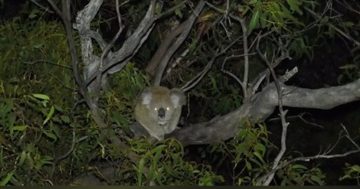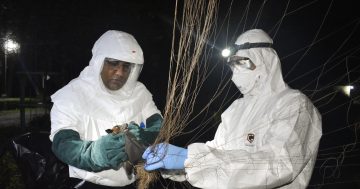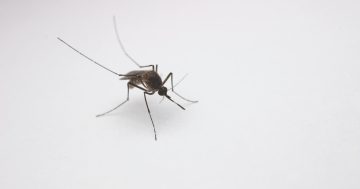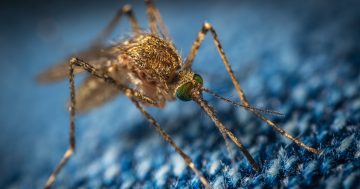 University of Queensland (UQ) virologists have developed a new understanding of the mysterious AIDS-like virus that is impacting koala populations differently across State lines.
University of Queensland (UQ) virologists have developed a new understanding of the mysterious AIDS-like virus that is impacting koala populations differently across State lines.
The UQ team has uncovered another piece of the puzzle in their quest to halt the koala retrovirus known as KoRV — a condition strongly associated with diseases that cause infertility and blindness.
Team member, Michaela Blyton said the virologists had learned the retrovirus was far more prevalent in NSW and Queensland koalas, compared to the southern populations in Victoria and South Australia.
“Uncovering crucial patterns like these helps us learn how the disease is evolving, how it’s spreading, and how we can contain the damage through anti-viral medication or koala breeding programs,” Dr Blyton said.
Koala numbers have fallen rapidly over the past decade due to widespread land clearing, climate change-induced weather events and disease.
Dr Blyton’s research has already established the link between KoRV and chlamydia, cystitis and conjunctivitis, which suggests the virus weakens the animal’s immune system.
Dr Blyton said this latest discovery strengthened the theory that the virus could be contributing to heightened disease levels in northern koala populations.
“Our previous work showed a definite link between KoRV and chlamydia in koalas, and these latest findings indicate that northern koalas should be treated very differently to southern koalas,” Dr Blyton said.
“It might mean that in the short term, koala relocations in the north are limited so we’re not introducing new virus subtypes into healthy populations.”
She said a final solution might be some time away, but the latest findings were a big step towards nullifying the threat posed by disease.
“Ultimately, we might see some kind of anti-viral treatment, or at least improvements to koala breeding programs, but for now this is great news for a species facing threats on multiple fronts,” Dr Blyton said.


